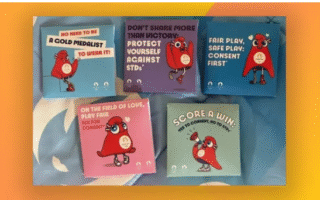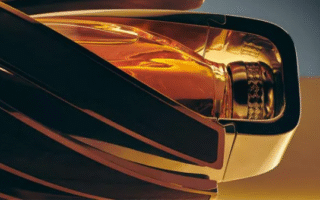Sustainability can’t come at the cost of functionality.
Starbucks recently rolled out compostable coffee cups in select U.S. states—but the launch was met with sharp criticism from vocal customers. While the global coffee chain’s push toward greener practices is praiseworthy (even if it’s long overdue), the backlash against its eco-friendly packaging raises a critical question for sustainable design: Can we ever hit that sweet spot between environmental responsibility and everyday usability?
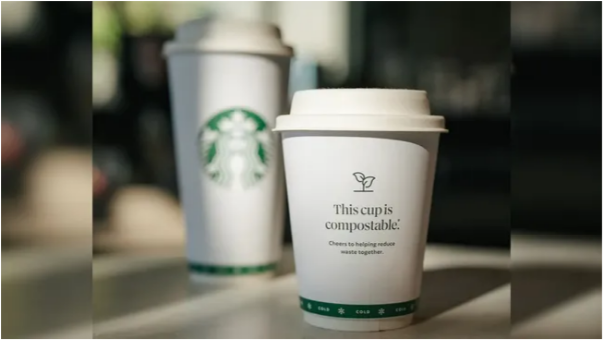
For a brand as iconic as Starbucks, packaging is just as integral to the “Starbucks experience” as the coffee itself. Whether the frustration stems from clunky functionality, underwhelming looks, or plain resistance to change, one thing is clear: Both designers and consumers still have a lot to learn as we work toward a more sustainable future.
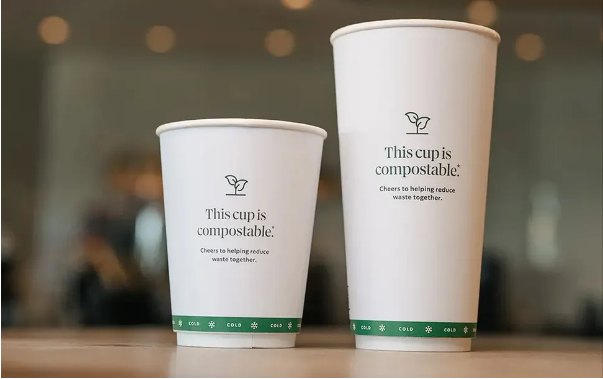
The complaints started rolling in when fans took to X (formerly Twitter) to voice their disappointment. A top gripe? The cups leak easily—a frustrating flaw that’s turned many people off from making the switch to sustainable packaging. Others felt the “Starbucks magic” was gone: One customer pointed out the cups are opaque, so they can’t see their drink anymore. “That’s part of the fun,” they wrote.
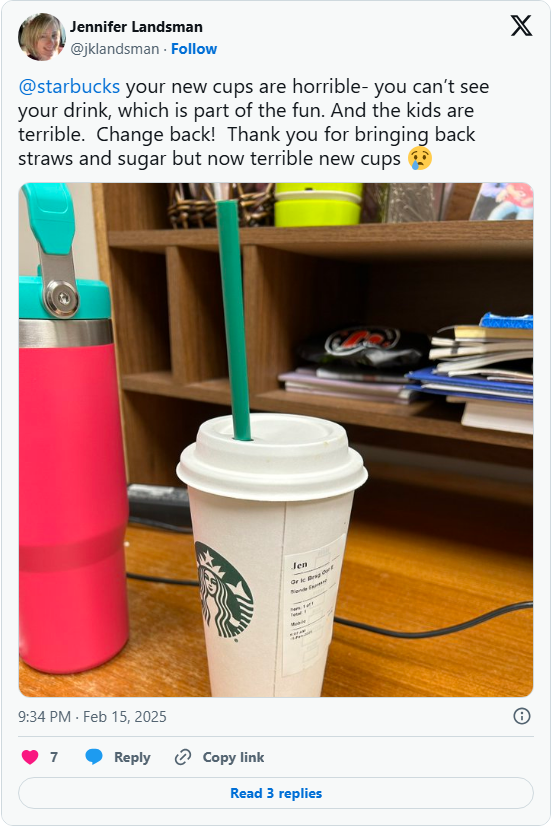
Dane Whitehurst, creative director at design firm Burgopak, told Creative Bloq that this reaction reveals two key issues. “Customers love taking photos of their drinks with the contents visible—they feel like they’re losing that fun, shareable element with the new design,” he said. “First, this shows we still need way more education about the harm single-use plastics cause. People need that context to shift their priorities.”
You might think the fix is simple: Just make the compostable cups clear. But Whitehurst notes there’s a catch. “Sure, there are clear compostable options out there,” he explained. “But here’s the problem: Both those clear alternatives and Starbucks’ current eco-cups are only ‘commercially compostable.’ That means they rely on local municipalities having the right facilities to break them down. If those facilities don’t exist, the cups end up incinerated or in landfills anyway.”
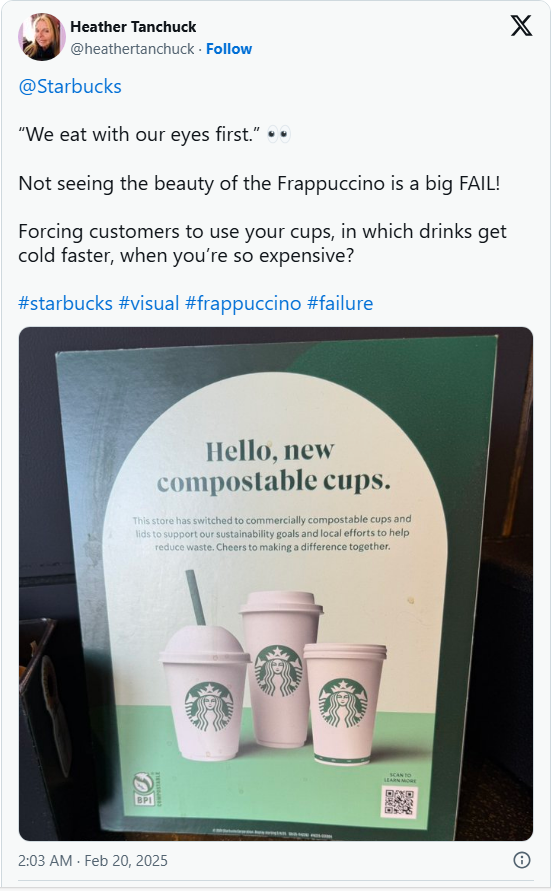
Then there’s the lid problem—an obvious design flaw that’s hurting functionality. “When you’re creating eco-friendly alternatives, you have to either keep the same level of functionality or make it better,” Whitehurst emphasized. “Good design is all about minimizing trade-offs between function and looks, so great ideas can actually work in real life. After that, it’s about making sure the materials and manufacturing processes align to create a better product overall. Right now, either the lid design or how it fits the cup needs fixing to make this work.”
To be fair, Starbucks’ compostable cup launch is a bumpy first step—but other design firms are showing it doesn’t have to be this way. Burgopak, for example, is redefining sustainability with solutions that are both creative and visually appealing, proving function and style can coexist. Letting go of the plastic packaging we’ve all gotten used to isn’t easy—but Whitehurst says it’s non-negotiable.
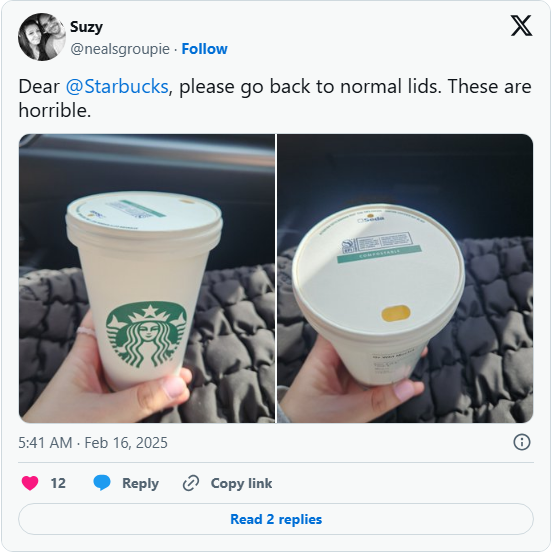
“Let’s be honest: Humans hate change—some of us even dread it,” he said. “But change is exactly what we need. It’s good to see a big brand like Starbucks stepping up to tackle the single-use plastic problem. The key now? Instead of backing down, Starbucks should listen to this feedback, learn from it, and keep iterating to make the cups better.”

